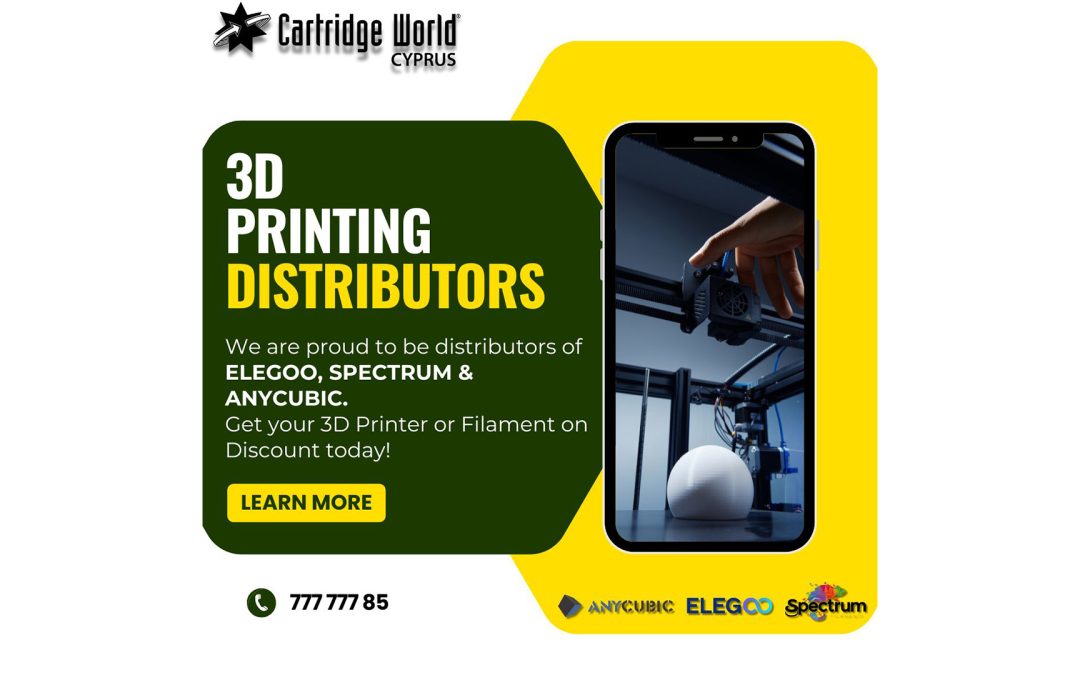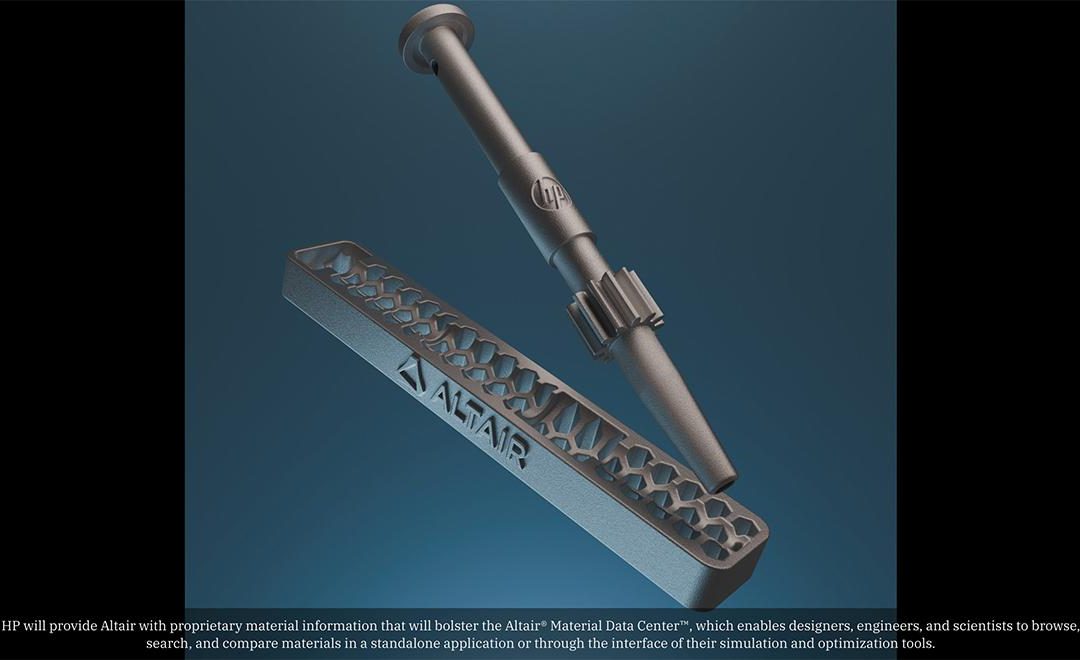 HSBC’s global head of trade finance propositions has told Global Trade Review that the bank is exploring ways it can finance the trade of data and design and keep up with the momentum of new technological advances like 3D printing and the Internet of Things (IoT).
HSBC’s global head of trade finance propositions has told Global Trade Review that the bank is exploring ways it can finance the trade of data and design and keep up with the momentum of new technological advances like 3D printing and the Internet of Things (IoT).
GTR reports that the exploration is “in response to a growing need from the bank’s customers for more innovative ways to finance modern supply chains.”
The bank has just published its global trade outlook report, ‘Navigator: Now, next and how for business.” The nature of trade is changing, suggests the report, with goods trade growth being outpaced by service flows, and supply chains shortening; as a result, the need for financing is changing too.
The rise of new technologies is one of the factors powering this changing landscape, with 3D printing being an example of how it is changing the way that manufactured goods are sourced. The IoT, meanwhile, is constantly blurring the line between goods and services. As a result, banks are being forced to come up with equally innovative solutions for financing, and although demand for trade finance is growing, as GTR predict, “it may not be for the traditional trade finance products that we know today.”
“The way you finance trade might change in the future,” said HSBC’s global head of trade finance propositions, Vinay Mendonca. “You now have situations where the supply chain is being completely transformed on the back of technology. So we need to understand, for example, how we support supply chains leveraging 3D printing and finance underlying data of designs.”
A recent ING report has forecast that 3D printing’s role in the economy is set to increase rapidly, which GTR states renders traditional financing models “increasingly irrelevant.”
“Traditionally, goods would move multiple times with job work or value being added to them before the finished good was ready, and each movement would offer one leg to finance,” continued Mendonca. “In the new age, the underlying raw material for the printing is shipped at regular intervals, and the actual sale event could be simply the transfer of data or designs for printing.”
Although the data in question, the 3D printing design, would still arrive instantly with the customer, he argues that there remains a need for financing this.
“There’s the process for printing, creating that spare part and then the final buyer having sold it, so there is still very much a working capital gap. And that’s what we will look to finance, on the back of the design. The way you will do it may be very different. You may not have bills of lading or shipping documents – all you might have is a data feed that comes to you. It’s something that’s still very much in the evolving phase.”
As well as 3D printing, HSBC is exploring how it could finance the trade of smart products connected via the IoT, which allow data to be exchanged between the product and its manufacturer.
According to Mendonca, “the line between tangible merchandise goods and services will start blurring into this whole smart product concept. A smart product is very alive, with real-time data feeds on how the product is being used and how it is functioning being fed back constantly to the supplier, so the supplier can use that to maybe enhance the product in real time, to make changes, or to advise the buyer in what way the product would be better leveraged. From a trade finance perspective, I’m happy to review the underlying data, as long as I have that data feed between buyer and seller, then we can step in and finance it.”




















